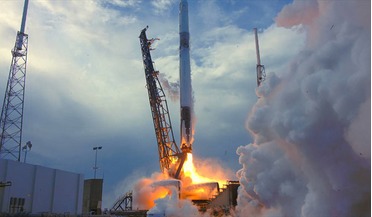 04 April 2018
A storm hunter and space junk collector on its way to the ISS
04 April 2018
A storm hunter and space junk collector on its way to the ISS
... International Space Station in 2015. ASIM will therefore use a suite of instruments including light sensors and X- and gamma-ray detectors in order to study the inner anatomy of these luminous phenomena from its unique vantage point 400...
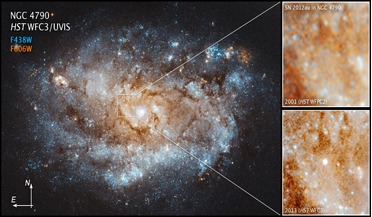 12 September 2018
Birth of new star from a supernova seen for first time
12 September 2018
Birth of new star from a supernova seen for first time
... holes, and astronomers think they might be related to other kinds of phenomena, like fast radio bursts and gamma ray bursts. Unfortunately due to their rarity and distance from Earth they can be difficult to observe, but hope...
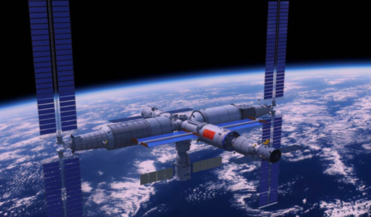 14 June 2019
First experiments on Chinese Space Station announced
14 June 2019
First experiments on Chinese Space Station announced
... from 17 Member States of the United Nations and the experiments range from; measuring the polarisation of Gamma-Ray Bursts (GRBs), the Spectroscopic Investigations of Nebular Gas (SING) study, understanding the behaviour of partially miscible...
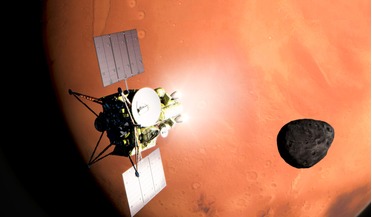 21 February 2020
MMX mission gets green light to land on Phobos
21 February 2020
MMX mission gets green light to land on Phobos
... is equipped with eleven instruments, four of which will be provided by international partners; NASA (USA) is contributing a gamma ray and neutron spectrometer, ESA (Europe) is listed as assisting with deep space communication equipment, CNES (France...
 24 July 2020
A first of its kind white dwarf merger with a dense compact object discovered by students
24 July 2020
A first of its kind white dwarf merger with a dense compact object discovered by students
... apart from the rest was that two seconds after the waves were captured by the interferometers, a gamma-ray burst was also detected. The discovery, which became known as GW 170817, marked the first cosmic event...
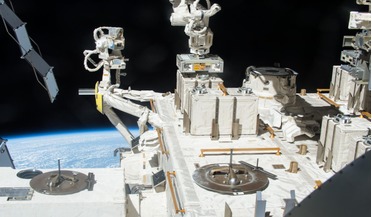 28 August 2020
Clumps of bacteria could survive interplanetary journey, new study says
28 August 2020
Clumps of bacteria could survive interplanetary journey, new study says
... most radiation-resistant micro-organisms that have been discovered and they can survive being hit by gamma rays without dying or undergoing mutation. Their ability to endure the harshest of environments – it is hardy lifeforms such as these that...